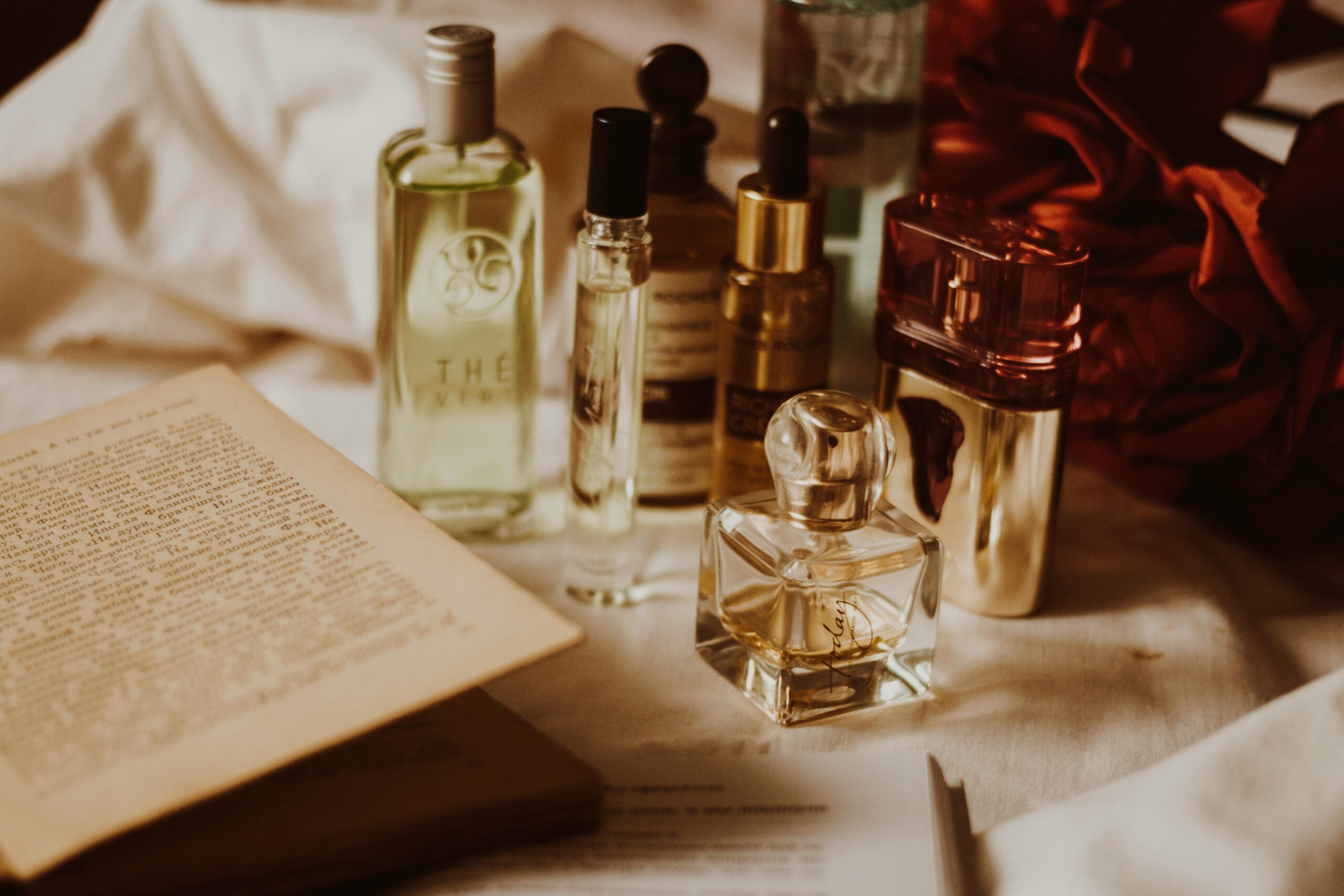Introduction – The Hidden Language of Scent
Perfume is more than just a pleasant smell—it’s an intricate art form built on chemistry, creativity, and emotional storytelling. Each bottle holds not just an aroma, but a symphony of ingredients carefully arranged into Perfume notes.
Whether you’re drawn to the sweetness of vanilla, the crispness of citrus, or the richness of amber, there’s a science and art behind why certain scents captivate you. Understanding the difference between fragrance oil vs essential oil, and learning how notes work together, can help you choose scents with confidence and even craft your own signature fragrance.
This guide will take you deep into the world of perfumery—from the structure of a scent to the raw materials that make it possible—so you can truly decode your favorite fragrances.
1. The Building Blocks of a Fragrance
At its core, perfume is made up of “notes,” which are the different layers of scent that reveal themselves over time.
The Three Stages of Perfume Notes
-
Top Notes – The opening impression of a fragrance.
-
Usually fresh, light, and uplifting (e.g., lemon, bergamot, mint).
-
Evaporate quickly—lasting 5 to 15 minutes.
-
-
Heart (Middle) Notes – The main character of the scent.
-
Often floral, spicy, or fruity.
-
Last 20 minutes to an hour or more.
-
-
Base Notes – The foundation and lasting memory.
-
Often woody, musky, or sweet (amber, vanilla, sandalwood).
-
Can linger for hours or even all day.
-
Understanding Perfume notes helps you know why a fragrance changes on your skin—and why the scent you first smell may not be the one you fall in love with 30 minutes later.
2. Fragrance Oil vs Essential Oil – What’s the Difference?
When learning about perfumes, one question comes up often: What’s the difference between fragrance oil vs essential oil?
Essential Oils
-
Source: Extracted directly from plants, flowers, bark, seeds, or fruit.
-
Process: Usually via steam distillation or cold pressing.
-
Example: Lavender essential oil, rose essential oil, lemon essential oil.
-
Benefits: Natural, concentrated, often with therapeutic properties.
-
Drawback: Limited scent variety—some smells cannot be extracted naturally.
Fragrance Oils
-
Source: Can be synthetic, natural, or a blend of both.
-
Process: Created in a lab by perfumers to mimic natural scents or create entirely new ones.
-
Example: Vanilla cupcake fragrance oil, ocean breeze fragrance oil.
-
Benefits: Huge variety, longer-lasting, and more stable in formulations.
-
Drawback: Usually do not have therapeutic benefits like essential oils.
In short: Essential oils are natural and pure; fragrance oils are versatile and imaginative. Many perfumes combine both to achieve the perfect scent profile.
3. How Perfume Notes Are Created
Perfumers, or “noses,” use their expertise to blend raw materials—whether fragrance oil vs essential oil—into a harmonious structure.
Step 1: Selecting the Raw Materials
-
Natural: Essential oils, absolutes, resins.
-
Synthetic: Aroma chemicals, nature-identical compounds.
Step 2: Balancing the Notes
Creating a perfume is like composing music. You need the right ratio of top, heart, and base notes so that the scent evolves beautifully over time.
Step 3: Aging and Maceration
After blending, perfumes are left to mature for weeks or months so the ingredients merge seamlessly.
4. The Role of Scent Families
To truly decode your favorite perfume, you need to understand scent families—the categories that group fragrances by shared characteristics.
Main Fragrance Families
-
Floral – Rose, jasmine, lily-of-the-valley.
-
Oriental – Amber, vanilla, spices.
-
Woody – Sandalwood, cedarwood, vetiver.
-
Fresh – Citrus, aquatic, green notes.
Each family can be enhanced with both fragrance oil vs essential oil depending on whether the perfumer wants authenticity or creative complexity.
5. Why Perfume Smells Different on Everyone
Your skin’s pH, body temperature, and natural oils all affect how Perfume notes develop. This is why the same perfume can smell sweet on one person but sharp on another.
-
Oily skin: Holds scent longer.
-
Dry skin: Perfume may fade faster.
-
Body chemistry: Interacts with fragrance molecules differently.
6. Decoding Popular Perfumes
Let’s break down some famous perfumes by their Perfume notes:
Chanel No. 5
-
Top: Aldehydes, lemon, bergamot.
-
Heart: Jasmine, rose, ylang-ylang.
-
Base: Vetiver, sandalwood, vanilla.
Dior Sauvage
-
Top: Calabrian bergamot.
-
Heart: Sichuan pepper, lavender.
-
Base: Ambroxan, cedarwood.
Each of these scents uses both fragrance oil vs essential oil to achieve balance—natural for depth, synthetic for longevity and projection.
7. The Evolution of Fragrance Creation
Historically, perfumery relied almost entirely on essential oils. But as technology advanced, fragrance oils became more common due to their stability, affordability, and creative potential. Today’s perfumes are a mix of both, allowing for scents that would be impossible with naturals alone (think “fresh rain” or “cotton candy”).
8. Tips for Choosing the Right Perfume
-
Test on skin, not just paper strips.
-
Give it time—let the heart and base notes emerge.
-
Know your preference: Do you love florals, gourmands, or woody scents?
-
Consider concentration: Perfume oils are more concentrated than sprays.
9. The Future of Fragrance
The perfume industry is moving toward sustainability, using biodegradable fragrance oils and ethically sourced essential oils. Advances in biotechnology now allow perfumers to create scents identical to endangered flowers—without harming nature.
Conclusion – From Appreciation to Understanding
Perfume is a multi-layered art form. By understanding Perfume notes and the differences between fragrance oil vs essential oil, you can appreciate the complexity behind every bottle. Whether you choose the purity of naturals or the imaginative possibilities of synthetics, each scent tells a story—yours to wear and share.
The next time you spray your favorite fragrance, remember: you’re not just wearing a smell; you’re wearing centuries of craft, chemistry, and creativity.

